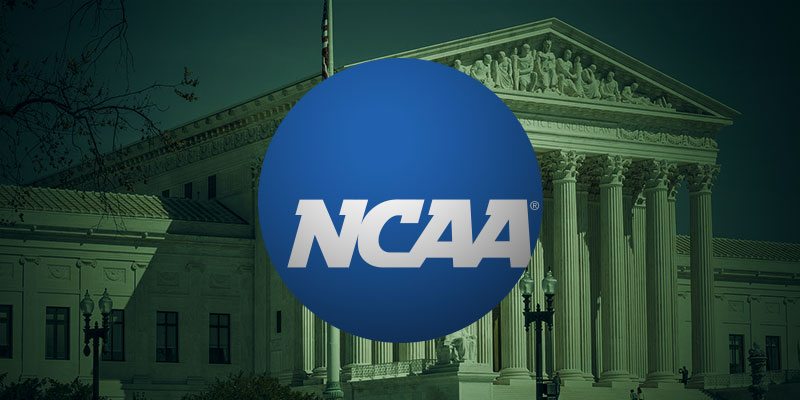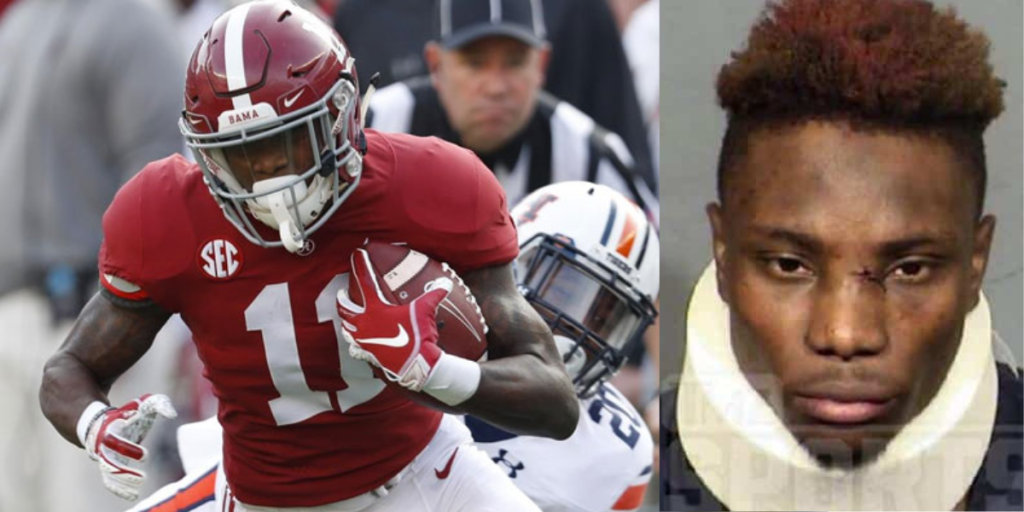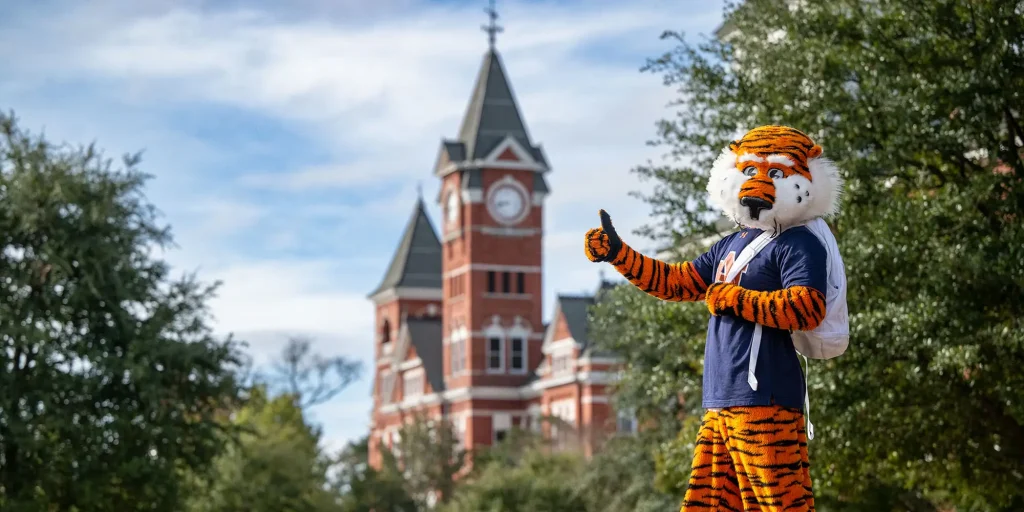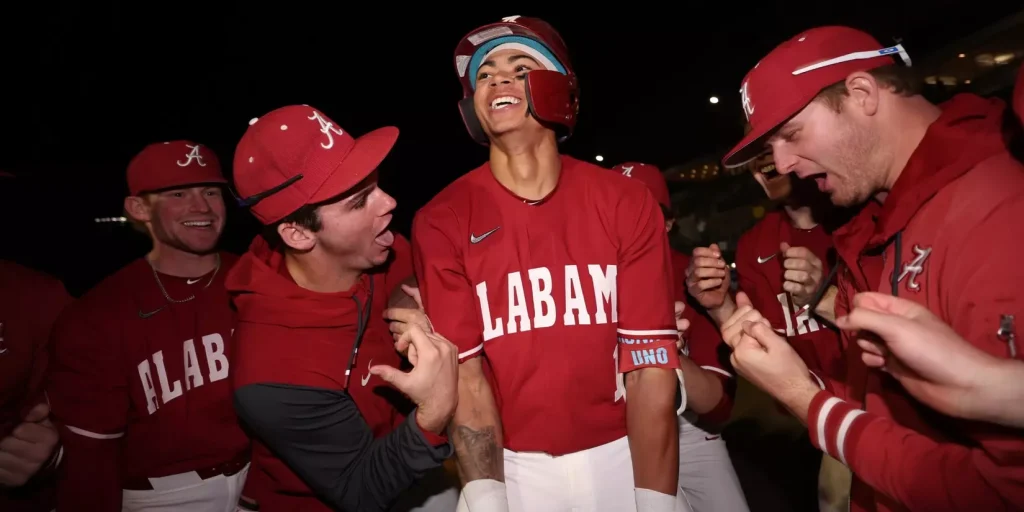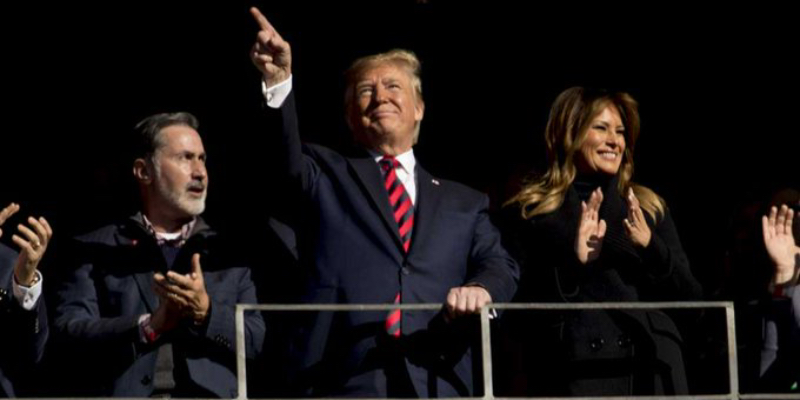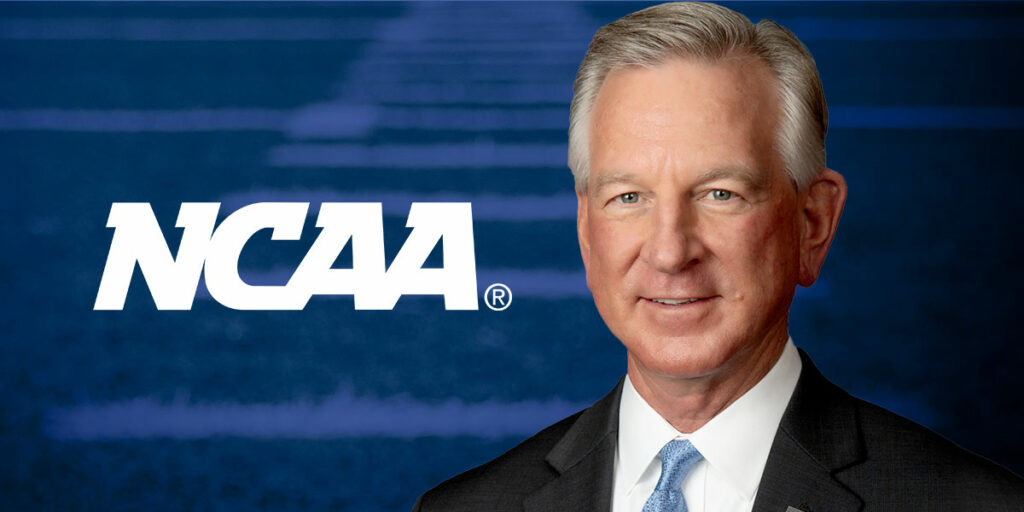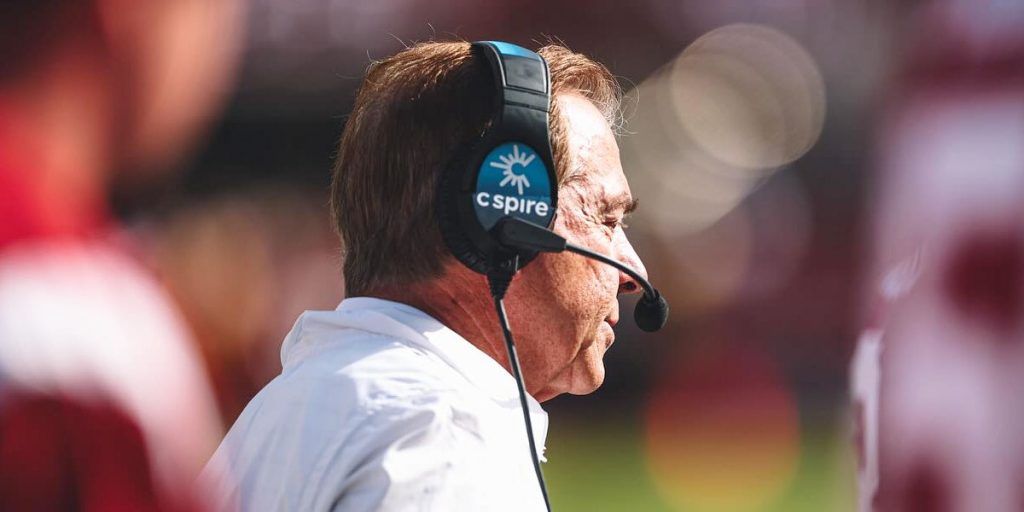With the NCAA and its power conferences in “deep talks” to settle the House v. NCAA lawsuit, more details have emerged on what the future of college athlete compensation could look like.
House v. NCAA, filed in 2020 by former Arizona State swimmer Grant House, alleges that the NCAA’s rules on name, image, and likeness (NIL) violate both “federal antitrust laws and the common law.” The lawsuit, which was granted class-action status last November, seeks damages dating back to 2016 for athletes who weren’t allowed to earn compensation from NIL.
The lawsuit is schedule to go to court in January 2025. Experts estimate the NCAA could be on the hook for over $4 billion if they were to lose the case, causing prominent leaders around the industry to push for a settlement over the last several months. On Thursday afternoon, Ross Dellenger of Yahoo Sports reported that details of the settlement agreement were beginning to emerge as leaders work to meet a fast-approaching deadline set by attorneys.
Per ESPN, the NCAA will likely “be footing the bill for a settlement expected to be more than $2.7 billion.” Parties have proposed “the NCAA’s national office — rather than its individual member schools or conferences — would pay for the settlement.” The payments will be made to “former college athletes who say they were illegally prevented from making money by selling the rights to their name, image and likeness” dating back to 2016.
RELATED: NCAA in ‘deep talks’ to settle groundbreaking NIL lawsuit
More important than the cost of the settlement are the details of the revenue-sharing agreement that will be included. Dellenger reports that the agreement, expected to last for the next 10 years, could “cost each power [conference] school as much as $300 million over the decade, or $30 million a year.”
Those costs would include “(1) a $17-22 million revenue distribution cap for athletes; (2) at least $2 million in withheld NCAA distribution for back damages; and (3) as much as $10 million in additional scholarship costs related to an expansion of sport-specific roster sizes — a concept previously unpublicized.”
The $30 million annual figure is equivalent to roughly 15% of Alabama and Auburn’s current annual athletic budgets.
According to Dellenger, “the revenue-sharing portion of the new model is ‘permissive,’” meaning schools are not required to reach the cap or share revenue at all, although failing to do so would put them at a significant recruiting disadvantage.
Schools will reportedly also be able to expand scholarships at their own discretion across “new roster limits expected to be implemented across all sanctioned sports.”
The settlement deadline, which lies at the beginning of June, is approaching quickly. More details on the revenue-sharing model are expected to emerge in the coming weeks.
Charles Vaughan is a contributing writer for Yellowhammer News.




